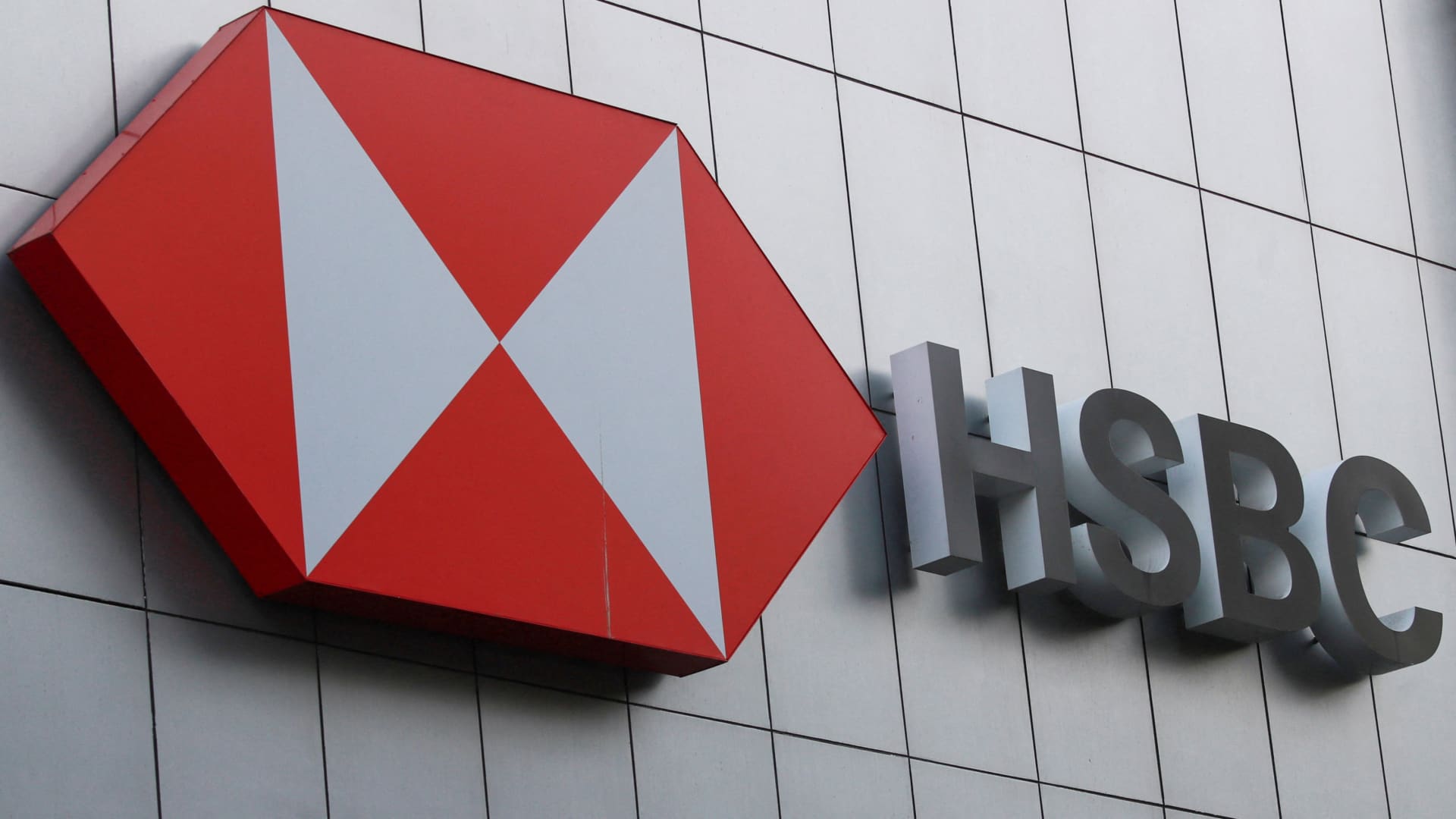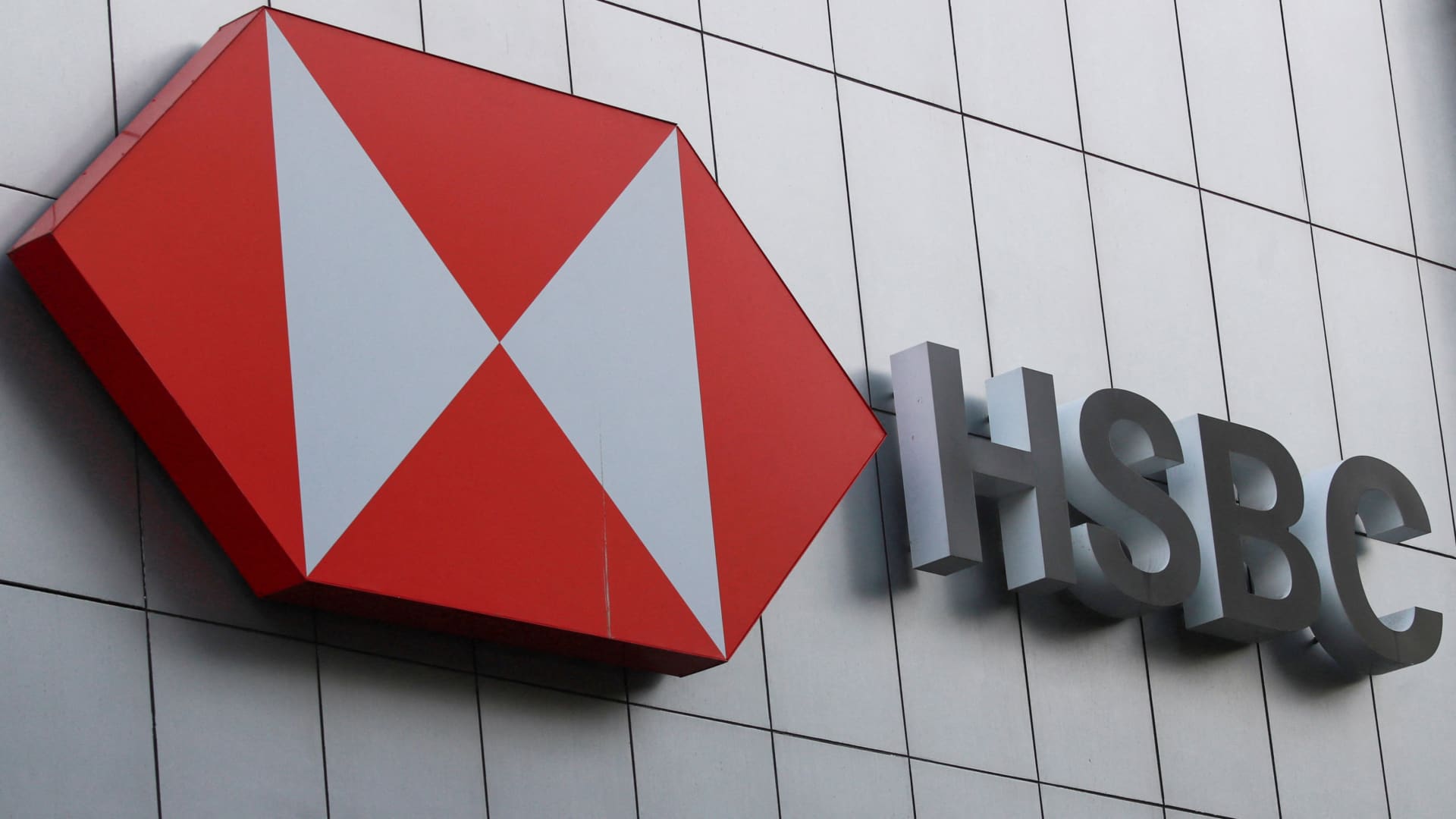Navigating Turbulent Waters: HSBC’s Strategic Pivot Amid Profit Decline
Introduction: A Tale of Two Narratives
The global banking sector is no stranger to volatility, and HSBC’s recent financial performance encapsulates this reality. The bank’s second-quarter results presented a dichotomy: a significant profit decline juxtaposed with a substantial share buyback. This duality has left investors and analysts grappling with a fundamental question: Is HSBC signaling distress or confidence? The answer lies in a nuanced understanding of the bank’s strategic positioning, regional dynamics, and leadership transitions.
The Profit Plunge: A Closer Examination
Impairment Charges: The Elephant in the Room
The 29% drop in pre-tax profit to $6.3 billion was primarily driven by impairment charges, which surged by 40% compared to the previous year. These charges are not merely accounting adjustments; they reflect tangible concerns about the bank’s loan portfolio and the broader economic environment. In particular, HSBC’s exposure to commercial real estate and corporate loans in Asia has come under scrutiny. The bank’s decision to increase provisions for potential loan losses signals a proactive approach to risk management, but it also underscores the challenges posed by a slowing global economy.
Rising Expenses: The Silent Profit Killer
Beyond impairment charges, rising expenses have emerged as a significant drag on HSBC’s profitability. The bank’s operating expenses increased by 5% year-over-year, driven by investments in technology, regulatory compliance, and inflationary pressures. While these costs are necessary for long-term competitiveness, they have squeezed HSBC’s profit margins in the short term. The bank’s cost-to-income ratio, a key metric for efficiency, has deteriorated, raising questions about its ability to balance growth and cost control.
The $3 Billion Buyback: A Strategic Gambit
Shareholder Value vs. Growth Investments
At first glance, a $3 billion share buyback in the face of a profit decline might seem counterintuitive. However, buybacks are a well-established tool for enhancing shareholder value. By reducing the number of outstanding shares, HSBC can boost its earnings per share (EPS) and potentially attract investors seeking yield. The buyback also sends a strong signal to the market: HSBC’s management believes its shares are undervalued and that the bank has sufficient capital to invest in itself while maintaining financial stability.
The Timing Dilemma
The timing of the buyback, however, is not without controversy. Critics argue that HSBC should prioritize growth investments or strengthening its balance sheet, particularly in light of economic uncertainties. The bank’s decision to proceed with the buyback suggests a calculated trade-off between rewarding shareholders and managing long-term risks. Ultimately, the success of the buyback will depend on HSBC’s ability to deliver sustainable profitability and growth in the coming quarters.
Regional Dynamics: Asia’s Pivotal Role
Economic Headwinds in China
HSBC’s performance is inextricably linked to the economic health of its key markets, particularly Asia. The bank’s significant presence in Hong Kong and mainland China makes it particularly vulnerable to economic fluctuations in these regions. China’s slowing growth, regulatory uncertainties, and geopolitical tensions have all contributed to a challenging operating environment for HSBC. The bank’s ability to navigate these headwinds will be critical to its long-term success.
Asia as a Growth Engine
Despite these challenges, Asia remains a crucial growth engine for HSBC. The region accounts for more than half of the bank’s profits, and HSBC has been actively expanding its presence in key markets such as China, India, and Southeast Asia. The bank’s focus on wealth management, trade finance, and digital banking in Asia positions it well to capitalize on the region’s long-term growth potential. However, realizing this potential will require HSBC to adapt to evolving regulatory landscapes and consumer preferences.
Leadership Transition: A New Chapter
Noel Quinn’s Legacy
The impending retirement of HSBC’s Chief Executive, Noel Quinn, marks the end of an era. Quinn’s tenure has been characterized by a focus on operational efficiency, cost reduction, and a strategic pivot towards Asia. His leadership has been instrumental in steering HSBC through a period of significant change, including the bank’s exit from several markets and its renewed emphasis on core businesses.
The Road Ahead
The incoming CEO will face a complex set of challenges, including navigating a volatile economic landscape, managing regulatory pressures, and executing HSBC’s strategic vision. The leadership transition presents an opportunity for fresh perspectives and strategic innovation, but it also introduces a degree of uncertainty. The new CEO’s ability to inspire confidence and deliver results will be critical to HSBC’s future success.
Strategic Implications and Market Reaction
Balancing Act
HSBC’s recent performance highlights the delicate balancing act faced by global banks. On one hand, the bank must manage profitability and shareholder returns in an increasingly competitive and uncertain environment. On the other hand, it must invest in growth opportunities and maintain a strong financial position. The $3 billion buyback is a testament to HSBC’s commitment to shareholder value, but it also raises questions about the bank’s long-term strategy.
Market Sentiment
The market’s reaction to HSBC’s results has been mixed. While the buyback announcement provided some support to the stock price, concerns about the profit decline and economic uncertainties have tempered investor enthusiasm. The long-term impact on HSBC’s stock price will depend on the bank’s ability to improve its profitability and execute its strategic plans effectively. Investors will be watching closely to see how HSBC navigates the challenges ahead.
Conclusion: A Bank at a Crossroads
HSBC’s recent performance presents a nuanced picture of a global bank at a crossroads. The profit decline underscores the challenges posed by impairment charges, rising expenses, and economic uncertainties. The share buyback, on the other hand, signals confidence in the bank’s long-term prospects and a commitment to rewarding shareholders.
Ultimately, HSBC’s future success will hinge on its ability to navigate these challenges effectively, capitalize on growth opportunities in Asia and other key markets, and maintain a strong financial position. The leadership transition adds another layer of complexity, but also presents an opportunity for fresh perspectives and strategic innovation. As HSBC moves forward, the decisions made today will shape its trajectory for years to come. The $3 billion buyback is more than just a financial maneuver; it’s a statement about HSBC’s belief in itself, a belief that will be tested in the months and years ahead.












